ELECTRIC FURNACE
MAKE DINESH SCIENTIFIC
DESCRIPTION:
Electric furnaces are heating appliances that produce heat through the use of electrical energy. They are frequently utilized for a number of tasks, such as material processing, metal smelting, and space heating, in commercial, industrial, and domestic settings. An overview of electric furnace types, functions, benefits, and typical applications is provided below:
ELECTRIC RESISTANCE HEATING:
- Resistance heating, which converts electrical energy into heat by passing electric current through a high-resistance heating element, is the method used in the majority of electric furnaces.
- Ceramic, kantha, or nichrome are some examples of materials that used to make heating components.
HEAT DISTRIBUTION:
- In both home and commercial HVAC systems, the generated heat is dispersed throughout the area using blowers or fans. The material being treated receives the heat in industrial furnaces.
FORCED AIR FURNACES:
- To move warm air via ducts, use a blower.
BASEBOARD HEATERS:
- Installed to heat rooms through convection around the base of walls.
COST:
- Operating costs higher with electricity due to its potential higher cost compared to natural gas.
ENVIRONMENTAL IMPACT:
- Electric furnaces’ environmental friendliness varies depending on where the power comes from. Electric furnaces are more environmentally beneficial when they run on renewable energy instead of fossil fuels.
INSTALLATION:
- Requires a suitable electrical infrastructure and greater initial expenditures.
- In summary, electric furnaces are effective and adaptable heating options that used for a variety of purposes.
- Although they have many benefits, such as great efficiency, exact control, and safety, cost and energy source considerations play a significant role in the choice and application of these devices.
TECHNICAL DETAILS:
MODEL |
DS-MF-1700 |
| Heat up time | ≤ 45 minutes |
| Temperature | 17000C is the temperature.
Temperature for continuous operation: 16000C and The product’s model number, make, printed materials, and operating manual were all submitted in a favorable manner. A drawing of the furnace that clearly shows the controller, thermocouple, doors, heating elements, and furnace is required. |
| Configuration | Bench-mounted laboratory chamber furnace |
| Usable chamber dimensions: H x W x D (mm) | 230 ±10 x 200±10 x 230±10 |
| Useable Chamber Volume | ≥10 Liters (Measuring from Heating Elements to Heating Elements) |
| Furnace external dimensions: H x W x D (mm) | 570 ±20 x 820±20 x 640±20 |
| Double construction with fan-assisted airflow | Keeps the temperatures on the outside surfaces lower |
| Outer casing and heating element terminals and connection braids cooling | Vertical exit cowling with axial cooling fans for cooling |
| Control cabinet axial cooling fan | Keeps the electronic parts running at the proper temperature range. |
| High-quality insulation | Guarantees that, while operating continuously, the temperature of the exterior furnace wall does not rise above 50°C. |
| Advanced refractory element terminal insulation | Maintains the lowest feasible terminal temperatures by reducing thermal losses through the insulation on the roof. |
| Best quality Molybdenum di-silicide (MoSi2) heating elements | Hung vertically and installed in a rectangular chassis that is readily replaceable |
| MoSi2 positioned in innovative thermal insulation | Guarantees a quick rate of heat-up, superior temperature consistency, an extended and dependable lifespan, and the ability to endure the strain of intermittent use. |
| Correct spacing of the heating element | Enhances temperature distribution, keeps the heating elements from overheating, and guarantees the longest possible lifespan |
| Case thermal switch | Using a manual reset switch, isolates the heating elements in the event that the casing temperature rises too high. |
| Control Panel | A clear control panel with instrument switch, fault warming lamp, heating power indicator lamp, temperature programmer, and independent over-temperature protection is included. |
| Advanced refractory hot face insulation | Paired with low thermal mass ceramic fiber to create a superior, energy-efficient chamber |
| Long lasting robust brick insulation | Around the chamber opening, resists accidental damage |
| Low thermal mass advanced refractory thermal insulation | Backs up the robust brick insulation |
| Rectangular housing installation | Provides low energy consumption and high heating rates |
| Temperature Uniformity Data & Graph | Temperature uniformity of ±5°C at different temperatures as mentioned below is achieved within chamber. Documentary evidence is enclosed confirming the same in the form of data sheet and graphs.
Temperature Dimensions: H x W x D Distance above hearth Uniform Temp 1000°C± 5°C 180x140x40±10mm 15 mm 1200°C ± 5°C 187x140x100±10mm 15 mm 1400°C ± 5°C 187x140x100±10mm 15 mm 1600°C ± 5 °C 187x140x168±10mm 15 mm Uniformity data and Graphs with Documentary evidence confirming at 1000°C, 1200°C, 1400°C, and 1600°C separately are submitted along with the technical catalogue. |
| Thermocouple | Superior quality type B thermocouple kind for monitoring the temperature of a furnace. A thermocouple with a vertical entry and significant immersion inside the chamber is required to accurately record the temperature inside. Entire thermocouple shielded by a sheath of recrystallized alumina. |
| Over Temperature Protection Control | A separate digital over-temperature protection controller that may be adjusted to safeguard priceless samples and allow the furnace to run unattended. designed to safeguard both the furnace and the workpiece load of the customer. |
| Type | Microprocessor-based |
| Model | EPC3016P1 |
| Functionality | Digital PID programmable temperature controller |
| Temperature Control | Precise and repeatable temperatures |
| Segments per Program | 24 |
| Relays | 2 |
| Segment Components | Ramp step, call, dwell, and end segments (each segment consists of one pair) |
| Program Storage | Provision to store one program |
| Communication Interface | Ethernet |
| Cybersecurity Certification | Certified for cybersecurity communication robustness |
| Fan Cooling | Fan cooling for low external case temperature. |
| Door design | Features a vertical lift door design that keeps heated door insulation away from the operator, preventing the operator from coming into contact with the furnace door’s hot surface when it is opening. A door cover wrapped with aluminum foil lowers surface temperature.
door functioning using counterbalanced springs and bushings. |
| Furnace Weight | ≤ 140 Kgs. |
| Safety switch | When the door is opened, the door’s positive break safety switch cuts off the heating element circuit. |
| Power (kW) | ≤ 6.0 kW |
| Electrical Connection | 380 – 415 V, 3-phase+N |


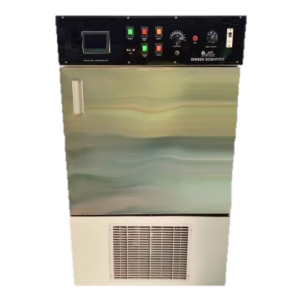
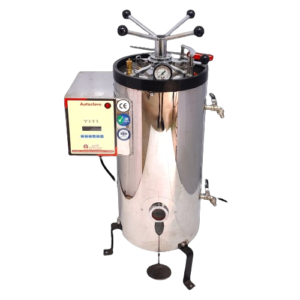
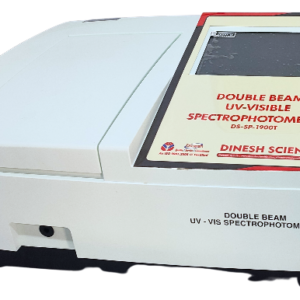




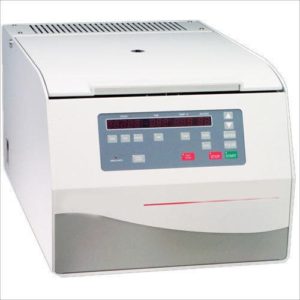
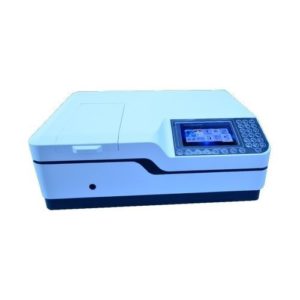
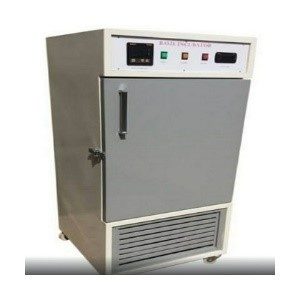
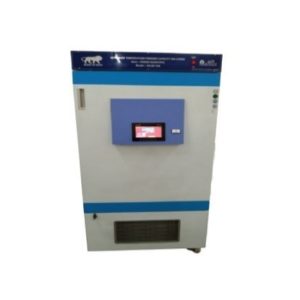



Reviews
There are no reviews yet.